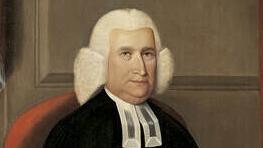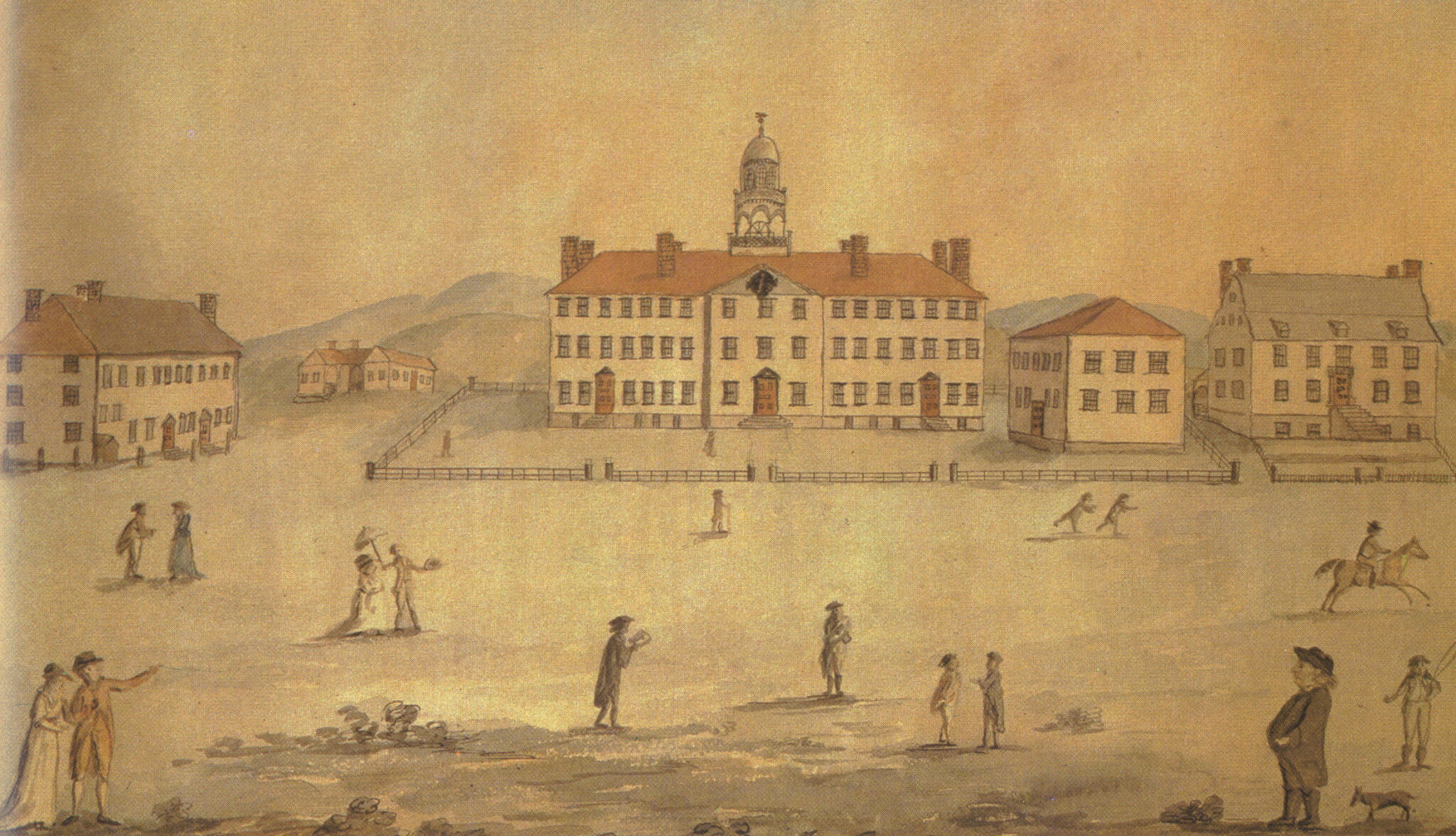Eleazar Wheelock (1711-1779) was a Congregationalist minister who, with the assistance of Samson Occom, founded Dartmouth College

The Reverend Eleazar Wheelock (1711-1779), 1st President of Dartmouth College (1769-1779). Portrait by Joseph Steward, American, 1753 - 1822.
Eleazar Wheelock was a Congregationalist minister who, with the assistance of Samson Occom, founded Dartmouth College. Wheelock was born to Ralph Wheelock and Ruth Huntington Wheelock in Windham, Colony of Connecticut, in 1711. In 1729, he began studying at Yale, where he fell in with the emerging New Light clique, which was bringing new views to the Calvinist ideas of conversion and salvation. Six years later, he was settled as the minister to the Second Congregational Church in Crank, now Lebanon, Connecticut. In December of 1743, Samson Occom of Mohegan sought out Wheelock to tutor him. Occom went on to become a teacher and pastor to the Montauk and Shinnicock people on what is now known as Long Island.
Inspired both by his success with Occom and by Occom's school, Wheelock opened Moor’s Indian Charity School in 1754. To fund and gain support for his school, Wheelock, with the assistance of the Connecticut Board of Correspondents of the Society in Scotland for Propagating Christian Knowledge, sent Occom on a two-and-a-half year tour of England and Scotland (1765-1768), where he spoke on Wheelock's behalf and preached to large crowds. Ultimately, Occom raised £12,000 for the indian charity school. Yet, unknown to Occom, Wheelock had grown disillusioned with the idea of training Indigenous students, and in 1769, Wheelock received a charter for a new school from John Wentworth, the Royal Governor of New Hampshire. Wheelock then used much of the money raised by Occom in clearing the land and erecting the buildings for what is now known as Dartmouth College.
Over his lifetime, Wheelock acquired significant landholdings in Connecticut through inheritance, marriage, and purchase. In the end, he owned two farms that consisted of about 300 acres each. With a large household to maintain, a congregation to tend, and a school to run, Wheelock would have needed many hands to do the labor this required. It is known that Wheelock enslaved at least 17 people of African descent, and held the indenture for at least one white servant.
Given the gaps in documentation and the fact that some of these people only appear in Wheelock’s accounts, it is likely that there were others whose enslavement remains undocumented. While it was common for lawyers, doctors, and ministers in New England to own enslaved people, the number owned by Wheelock is far greater than average. Some of these enslaved people accompanied Wheelock and his second wife Mary Brinsmead (1714-1783) to New Hampshire and very likely participated in the building and maintenance of their household and Dartmouth College.
Eleazar Wheelock died in Hanover, New Hampshire, in 1779.
The digital collection Enslavement Documents from the Wheelock Collection includes 36 fully transcribed documents, including letters, deeds of sale, an account book, and Wheelock's will, related to Wheelock's involvement with the institution of slavery.
